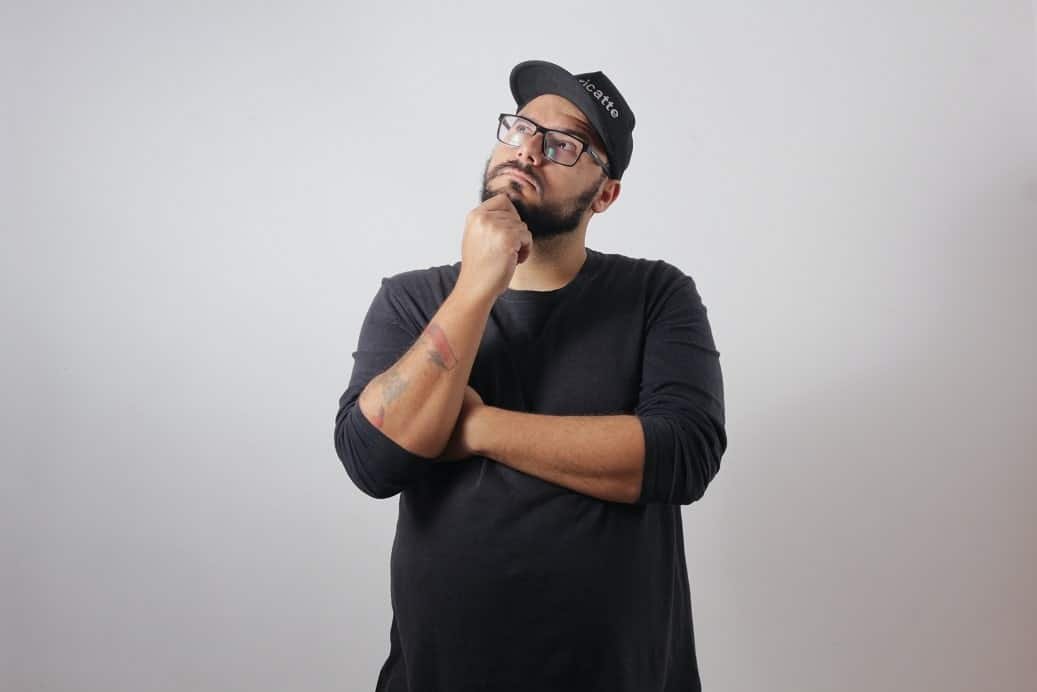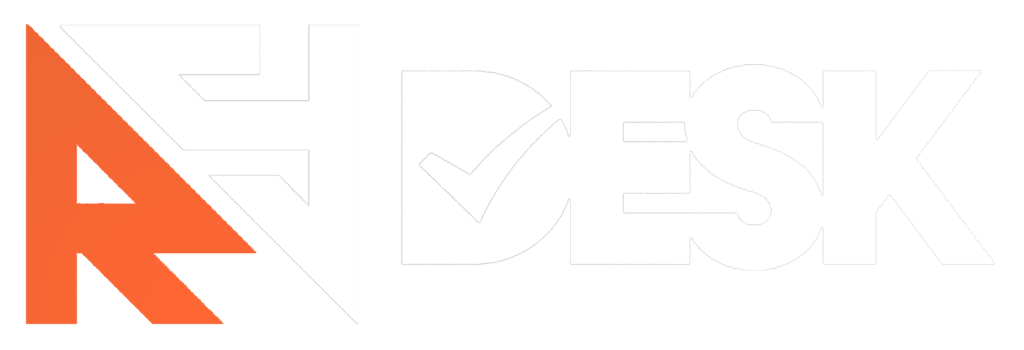When it comes to making the web or app design better, you shouldn’t leave anything to chance. You should ask your client what they want and need from their website. So here are some questions that you can use as a starting point.
1: Why a redesign?
A website redesign can be a great way to improve your website’s user experience and make it easier for your customers to find what they’re looking for.
Some of the reasons you might want to redesign your website include:
- Making it easier for people to find the information they’re looking for
- Making it easier to navigate
- Improving the user interface (UI)
- Adding new features or improving existing features
- Reducing load time
- Creating a more professional look and feel
To determine if a website redesign is right for you, consider the following questions:
- What are the specific needs of your users?
- How do you want your users to feel when they visit your website?
- How easy is it for your users to find what they’re looking for on your website?
- How easy is it for them to navigate through your website?
- Do you have anyexisting content that could be reworked or replaced with better or more up-to-date content?
- Do you have any problems with loading times or page rendering that could be solved by making changes to your website’s design?
A redesign can help your business to reach new customers and increase traffic. It can also help your business to improve its online presence and attract new buyers.
When you ask your client why they want to redesign their website, you will be able to understand their needs better. You can then create a design that meets those needs.
2: Will you be using a CMS?
Asking your client if they plan to use a content management system (CMS) is an important question during the development of their website. A CMS can make managing content on a website much easier, especially for clients who are not familiar with code.
There are many different types of CMSs available, and each has its own advantages and disadvantages. Some CMSs are more user-friendly than others, and some are better suited for certain types of websites.
If your client is not sure whether they want to use a CMS, you can explain the benefits and drawbacks of using one. Ultimately, the decision of whether to use a CMS should be made by the client based on their needs and preferences.
3: What is the current look of your site?
As a web design company, one of the first questions we ask our clients is, “What is the current look of your site?” This helps us to understand our client’s desired aesthetic and help to create a cohesive design.
We want to know if our client is looking for a complete redesign or just a refresh. We also need to know what colors, fonts, and images they are currently using so that we can create a design that compliments their existing branding.
If our client doesn’t have an existing website, we’ll ask them about their business goals and target audience. With this information, we can start to develop a concept for their website that will help them achieve their business goals.
4: How many pages you want?

5: What’s working and what’s not?
One of the most important aspects of a website design is customer feedback. By asking your clients what’s working and what needs improvement, you can make sure that your website meets your customers’ needs.
Some questions to ask your clients include:
- What do you like about the website?
- What could we improve?
- How does the website compare to other websites you’ve seen?
6: What is the budget?
Asking a client about their budget for a project is an important question for any freelancer or service provider. By understanding the budget, you can tailor your services to meet the needs and expectations of the client. Here are a few tips on how to ask about the budget in a way that is respectful and professional:
- Be upfront about why you are asking. Explain that you want to make sure that you are able to deliver the best possible results within the client’s budget.
- Ask what the budget is for the entire project, not just your portion of it. This will give you a better understanding of what the client expects to receive for their investment.
- Be prepared to negotiate if necessary.
7: What is your brand personality?
In order to create a strong and recognizable brand, it’s important for businesses to understand and articulate their brand personality. This personality should be consistent across all touchpoints, from the website and social media to advertising and customer service.
When working with new clients, we always start by asking them to describe their brand personality. This helps us get a better understanding of their business and what they want to achieve. We’ve found that most businesses fall into one of four main categories: serious, fun, helpful, or aspirational.
Serious brands are usually traditional businesses that want to convey trustworthiness and authority. Fun brands are just that – they’re all about having fun and making their customers smile. Helpful brands focus on being just that – helpful – whether it’s through providing useful information or offering great customer service.
8: What is your strategy?
As a business consultant, one of the first questions I ask my clients is, “What is your strategy?” This question helps to get a sense of the client’s overall goals and how they plan to achieve them. Without a clear strategy, businesses can quickly become bogged down in the day-to-day details and lose sight of their larger objectives.
An effective strategy will take into account the company’s strengths and weaknesses, as well as its opportunities and threats. It should also be aligned with the company’s core values and culture. Once the strategy is in place, it should be regularly reviewed and updated as needed to ensure that it is still relevant and achieving desired results.
If you are unsure of what your business’ strategy should be, there are many resources available to help you develop one. Consulting with an experienced business strategist can also be helpful in getting started.
9: Define the goals of the redesign

That’s why, before starting any project, we like to sit down with our clients and ask them to define the goals of the redesign. What does success look like for this project? Are you hoping to increase traffic, conversions, or engagement?
By taking the time to answer these questions up front, we can ensure that the final product is aligned with your goals. And that’s what we’re all ultimately after – a successful website that helps you achieve your business objectives.
10: What features do you want to add?
As a web development company, we always ask our clients what features they want to add to their website. This allows us to provide the best possible service and ensure that the client is happy with the end result.
There are a few things that we take into consideration when asking this question. First, we want to know what the client’s goals are for their website. What do they hope to accomplish by adding new features? Second, we need to know what kind of budget the client has for this project. Finally, we need to know what timeline the client is working with.
By asking these questions up front, we can ensure that we are providing the best possible service to our clients and helping them achieve their goals.
11: Who is the target audience?
As a business owner, it is important to think about who your target audience is. This can help you make decisions about what products or services to offer, how to market your business, and even what hours to keep. Here are a few questions to ask yourself when trying to identify your target audience.
Who are your current customers?
If you already have customers, take a look at who they are and what they have in common. This can give you some clues about who your target audience should be.
Who do you want as customers?
Even if you don’t have any customers yet, you probably have an idea of who you want as customers. Think about what these potential customers might have in common and use that to help narrow down your target audience.
12: What is your company/product/service all about?

- Be sure to ask open-ended questions that encourage your client to really explain their product or service. This will give you a much better understanding than simply asking them to list off a few features.
- Try to understand the problem that their product or service solves. This will help you see how it fits into the larger picture and why someone would want to use it.
- Ask about the target market for their product or service. This will help you understand who their ideal customer is and what kinds of needs they have.
13: What are the colors and fonts you want to use?
As a web designer, part of our job is to create a website that reflects the client’s personality and taste. A big part of that is choosing the right colors and fonts.
So, when we’re starting a new project, we always ask our clients what colors and fonts they want to use. This helps us get an idea of the overall look and feel they’re going for.
Of course, we also take into account the type of business or website we’re creating. For example, if it’s a more serious or corporate site, we’ll usually recommend using more traditional fonts and colors.
But ultimately, it’s up to the client. We want them to be happy with the end result, so we make sure to get their input on all aspects of the design process.
14: How do you plan to promote the new site?
As a website design and development company, we often get asked by clients how they plan to promote their new site. While there are many options available, it can be overwhelming to try and figure out what will work best for each individual business. Here are a few questions to ask yourself when trying to come up with a promotional plan for your new website:
15: How will you measure success?
As a business owner, you should always be thinking about how to measure success. Without clear metrics, it can be difficult to know if your efforts are paying off. Are you looking to increase sales, grow your customer base, or improve customer satisfaction? Whatever your goals may be, make sure you have a plan for measuring success.
Here are a few things to consider when determining how you will measure success:
- Set realistic goals. If your goal is too lofty, it will be difficult to achieve and you may become discouraged. Conversely, if your goal is too easy, you won’t see the impact of your efforts.
- Choose the right metrics. There are many ways to measure success, so choose the ones that make the most sense for your business and align with your goals.
- Track progress over time.
16: How will the new site be used?
Asking your client how the new site will be used is important for several reasons. First, you need to understand the purpose of the site in order to determine what features it will need. Second, you need to know who will be using the site and what their needs are. Finally, you need to determine how often the site will be updated so that you can plan accordingly.
Asking your client these questions upfront will save you a lot of time and effort later on. It will also ensure that the final product is exactly what they need and want. So don’t be afraid to ask them how they envision using the new site.
17: What are the top three things that visitors do on your site?

To get this information, you can ask your clients what the top three things are that visitors do on their site. This will give you an idea of what people are looking for when they visit your site.
Knowing what people are looking for on your site is essential to providing a good user experience. By understanding the needs of your audience, you can ensure that your site meets their needs and expectations.
18: What is your overall vision for the site?
As a web design firm, we always like to start off our projects by getting to know our clients and understanding their overall vision for the site. This helps us to create a custom website that meets their specific needs and goals.
So, if you’re planning to commission a website, we encourage you to answer the following question: what is your overall vision for the site? What do you hope to achieve with it?
Some things to consider include:
- The purpose of the website (e.g. is it for selling products, providing information, or both?)
- Who is your target audience?
- What kind of look and feel do you want for the site?
- Do you have any existing branding guidelines that need to be followed?
19: Do you have any questions or concerns?
As a business owner, it’s important to understand your client’s questions and concerns. By asking your clients “Do you have any questions or concerns?,” you can gain valuable insights into their needs and wants.
This question also shows that you care about your clients and want to ensure that they’re comfortable with the product or service they’re receiving. Asking this question shows that you’re open to feedback and willing to address any issues that may arise.
By taking the time to ask your clients if they have any questions or concerns, you can build a strong relationship based on trust and communication. This will ultimately lead to happier, more satisfied clients who are more likely to continue doing business with you in the future.
Conclusion
In conclusion, it is important to ask the right questions during a website redesign project in order to ensure that the final product is successful. By taking the time to understand the needs and goals of the business and its users, designers can create a website that meets those needs and contributes to the overall success of the business.


